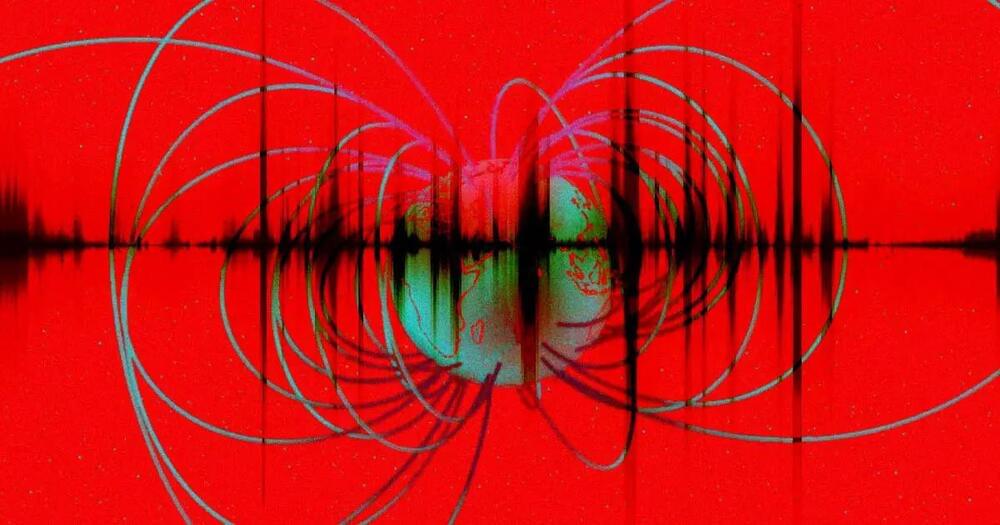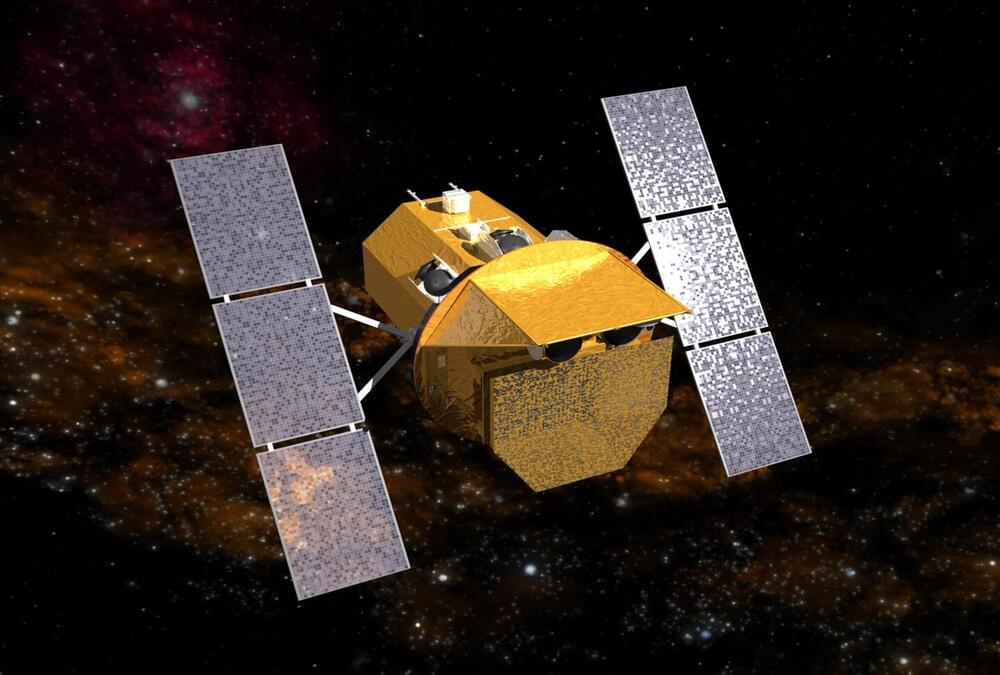Oct 17, 2024
Earth’s Flipping Magnetic Field Heard As Sound Is An Unforgettable Horror
Posted by Saúl Morales Rodriguéz in category: space
Earth’s magnetic field dramatically flipped a little more than 40,000 years ago. We can now experience this upheaval as an unnerving clatter interpreted from information collected by the European Space Agency’s Swarm satellite mission.
Combining the satellite data with evidence of magnetic field line movements on Earth, European geoscientists mapped the so-called Laschamps event and represented it using natural noises like the creaking of wood and the crashing of colliding rocks.
Continue reading “Earth’s Flipping Magnetic Field Heard As Sound Is An Unforgettable Horror” »


















